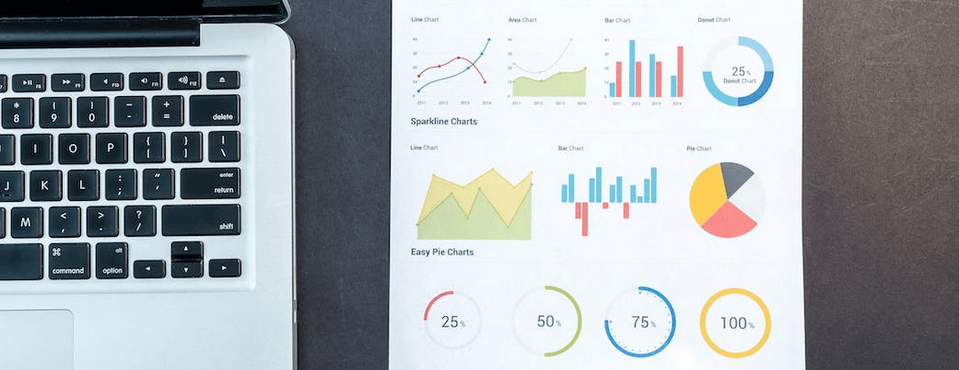Machine learning algorithms play a crucial role in analyzing and extracting insights from time-series data. Time-series data is characterized by a sequence of observations recorded over time, where the temporal order is essential for analysis and prediction. In this abstract, we explore some popular machine-learning algorithms utilized for time-series data analysis.
- Autoregressive Integrated Moving Average (ARIMA): ARIMA models capture the dependencies between an observation and its lagged values, differences, and moving average terms. This algorithm is effective for stationary time-series data and is widely used for forecasting.
- Long Short-Term Memory (LSTM) Networks: LSTM networks are a type of recurrent neural network (RNN) capable of capturing long-term dependencies in time-series data. LSTMs are proficient at predicting, classifying, and detecting anomalies in sequential data.
- Gradient Boosting Methods: Gradient boosting algorithms, such as XGBoost and LightGBM, combine weak prediction models (e.g., decision trees) to improve model performance iteratively. These algorithms have demonstrated success in time-series forecasting.
- Seasonal Decomposition of Time Series (STL): STL decomposes a time series into three components: seasonal, trend, and remainder. By separating these components, STL aids in understanding and predicting time-series data.
- Recurrent Neural Networks (RNNs): RNNs, including LSTMs, are powerful for modeling sequential data. They excel in capturing temporal dependencies and have been utilized for tasks like sequence prediction, anomaly detection, and natural language processing.
- Prophet: Prophet is a forecasting library developed by Facebook, specifically designed for time-series data. It incorporates components like trends, seasonality, and holidays to provide accurate predictions.
- Convolutional Neural Networks (CNNs): CNNs, originally used for image processing, can be adapted to time-series analysis. Time-series data can be treated as one-dimensional images, allowing CNNs to capture local patterns and dependencies.

These machine-learning algorithms offer diverse approaches for analyzing and predicting time-series data. The choice of algorithm depends on the specific characteristics of the data and the desired outcome. Experimentation and comparison of multiple algorithms are often performed to determine the most suitable approach for a particular time-series analysis task.
Practical use of Machine learning algorithms for time-series Data
Machine learning algorithms for time-series data have a wide range of real-life applications. Here are some examples:
- Financial Forecasting: Time-series data plays a critical role in financial markets. Machine learning algorithms, such as ARIMA, LSTM, and gradient boosting methods, are used for predicting stock prices, exchange rates, and market trends. These algorithms help investors make informed decisions and develop trading strategies.
- Demand Forecasting: Retailers and e-commerce companies utilize machine learning algorithms to forecast demand for products. By analyzing historical sales data, seasonality, and other factors, algorithms like ARIMA, LSTM, and Prophet can predict future demand, optimize inventory management, and improve supply chain efficiency.
- Energy Consumption and Load Forecasting: Utility companies employ machine learning algorithms to forecast electricity demand and optimize energy production. Time-series algorithms help predict peak demand periods, identify energy consumption patterns, and enable efficient allocation of resources.
- Predictive Maintenance: Industries such as manufacturing and transportation leverage machine learning algorithms to perform predictive maintenance on equipment and vehicles. By analyzing time-series sensor data, anomalies can be detected, and maintenance schedules can be optimized, minimizing downtime and improving operational efficiency.
- Healthcare Monitoring: Time-series algorithms are used for monitoring patients’ health conditions, such as heart rate, blood pressure, and EEG signals. Machine learning models can detect abnormalities and predict critical events, enabling early intervention and personalized healthcare.
- IoT Data Analysis: The Internet of Things (IoT) generates vast amounts of time-series data from connected devices. Machine learning algorithms can analyze this data to detect patterns, make predictions, and optimize processes. For example, in smart cities, algorithms can analyze traffic patterns to optimize transportation routes and reduce congestion.
- Environmental Monitoring: Time-series algorithms are employed to analyze environmental data, such as weather patterns, air quality, and climate changes. Machine learning models can predict weather conditions, identify pollution levels, and support environmental decision-making.
These are just a few examples of how machine learning algorithms are utilized in real-life applications involving time-series data. The ability to analyze temporal patterns and make accurate predictions allows businesses and organizations to make data-driven decisions, improve efficiency, and enhance overall performance.
Related Seminar Topis::
Collegelib.com prepared and published this article for Engineering topic preparation. Before shortlisting your topic, you should do your research in addition to this information. Please include Reference: Collegelib.com and link back to Collegelib in your work.